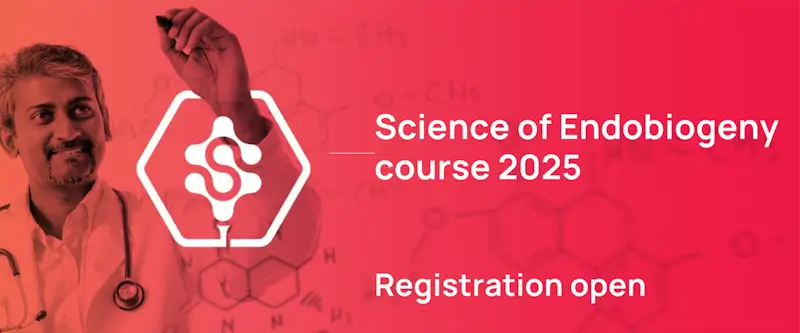Historically, blood has been the domain of religion, viz. “The life of the flesh is in the blood.1” It has also been an interest in esoteric philosophy. For example, in 1934 Alice Baily noted that the endocrine system, autonomic nervous and blood are determining factors in disease, observing that “All the subsidiary organs of man are effects; they are not pre-determining causes (of disease).2” This was the time in which Hans Selye was only beginning his experiments that led to the characterization of the relationship of hormones with adaptation. However, it is the scientific study of blood that is of interest to us here and now.
Blood has been well-studied, but, has it been well-appreciated? We characterize its chemistry, physics (viz. fluid dynamics), content, and mechanical actions (viz. perfusion pressure). It is considered to be a fluid—one of many—from which biomarkers can be obtained. Even then, it is the narrow pursuit of indicators of a specific pathology, often dissociated from the whole of pathophysiology. It is donated and transfused. It can be depleted, modified or enhanced…but all this is the ecology and economy of blood. It is the structure and function, the what and how of blood. It says nothing of teleology.
The existence of cardiopulmonary circulation and the role of oxygenation in the “vital spirit” of blood was not recorded until the 13th century. The Arab polymath Ibn Nafis, at the age of 29 (1242 CE), wrote in his commentaries on 11th century Ibn Sina’s Cannon on Medicine,
“The blood after it has been refined in the [right ventricle], must be transmitted to the left [ventricle] where the [vital] spirit is generated. For the penetration of the blood into the left ventricle is from the lung, after it has been heated within the right ventricle and risen from it…”3
This significant observation was overlooked until Englishman William Harvey, in the 17th century, and only towards the end of his life after much doubt, came to the same conclusions. The 19th century was a ripe time for discoveries in the chemistry of blood and its cellular elements. In his introduction to the collected scientific papers of Dr. L.C. Wooldridge, Victor Horsley observed back in 1893:
“No story in science is older than the fact that an observer who has the very rare gift of looking at old questions with an impartially scientific and original mind is not only unlikely to receive assistance from those who profess special knowledge of the subject upon which his experimental observations are made, but, on the contrary, will most certainly meet with resistance born of prejudice…The real difficulty which presents itself is that many who are selected to act as arbiters of the value of any fresh idea have little ability to recognize that all scientific progress lays bare some new fact which, while constituting an addition to our knowledge, or (putting it more correctly) a certain diminution of the previous degree of our ignorance, must necessarily be in opposition to preconceived notions.”4
This observation applies to the discoveries of Dr. Christian Duraffourd, originator of the theory of Endobiogeny. In the 1980’s he presented a revolution in the understanding of blood-based biomarkers and the possibility of modeling human physiology. He called this modeling system the biology of functions (BoF), meaning “functional lab analysis” in a more precise translation of the French. The BoF analyzes blood markers through the use of ratios and meta-ratios that turn biomarkers into metamarkers of integrative physiologic function. It is a qualitative analysis of the relative capabilities of promoting actions relative to restraining actions, of catabolic relative to anabolic actions. No different than the resistance that Wooldridge met, or Joule when he presented his observations that heat is equivalent to work, the appreciation of Dr. Duraffourd’s genius insights into blood remains under-appreciated and over-looked. What is worse from the spirit of science, is that it is often doubted or dismissed without serious consideration and reflection.

The theory of endobiogeny, with its scientific approach to complex systems and integrative physiology, and its humanistic approach that places the person at the center of the medical evaluation, is a profound and powerful framework incorporating the analysis of blood in a functional, dynamic method. Thanks to the modeling tool, the biology of functions, which uses blood-based biomarkers to build metamarkers of clinical significance, blood remains the primary fluid of investigation.
Kamyar M. Hedayat . Excerpt from Living Systems: An Endobiogeny Periodical. Blood.
